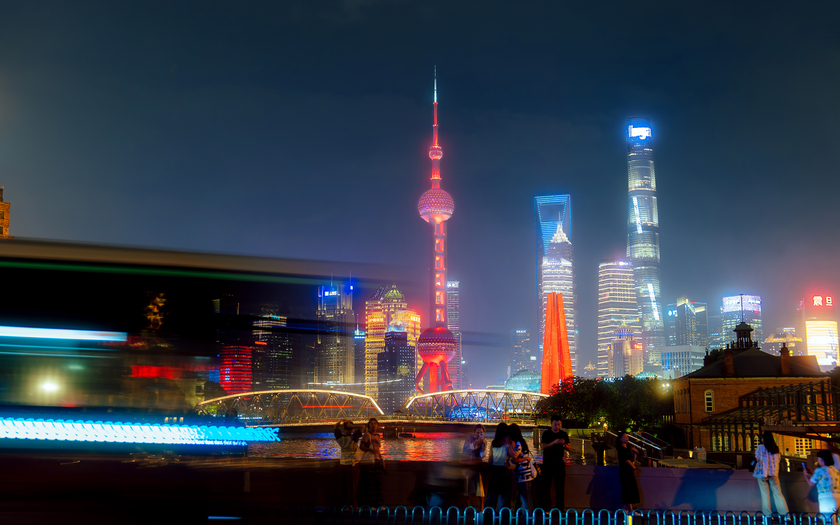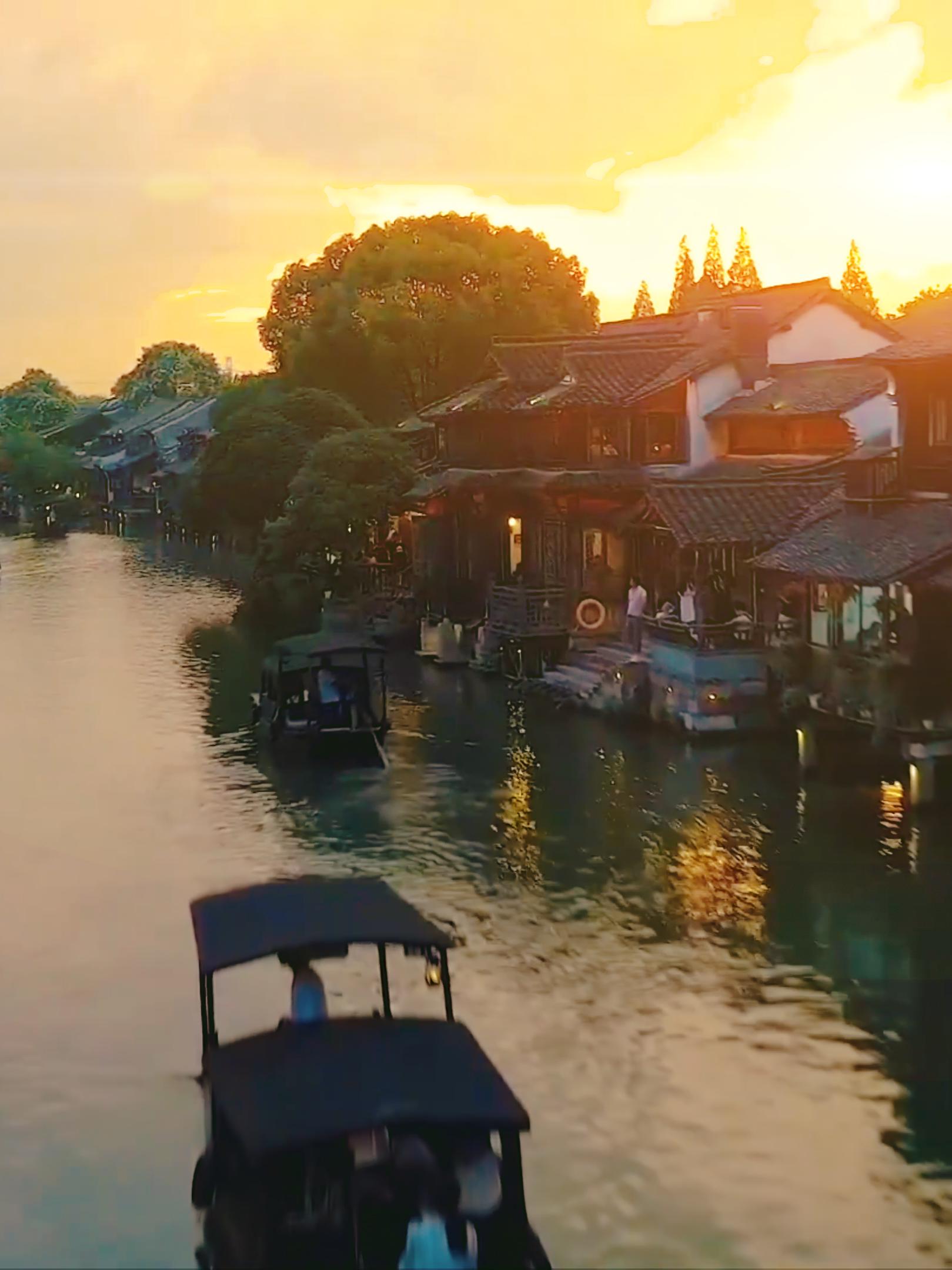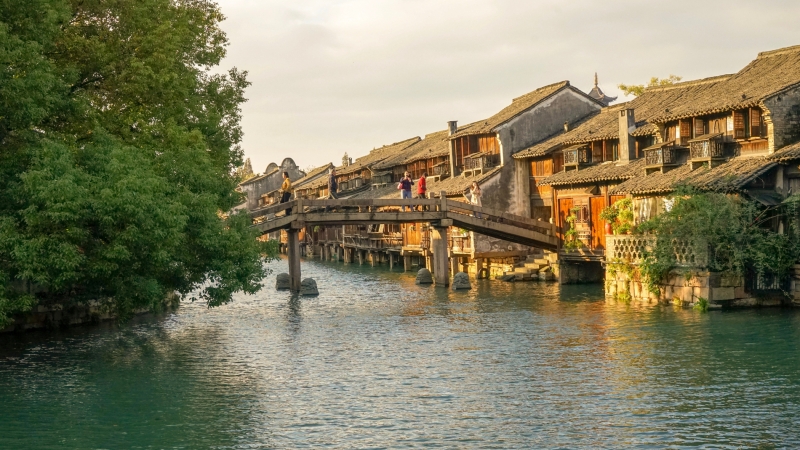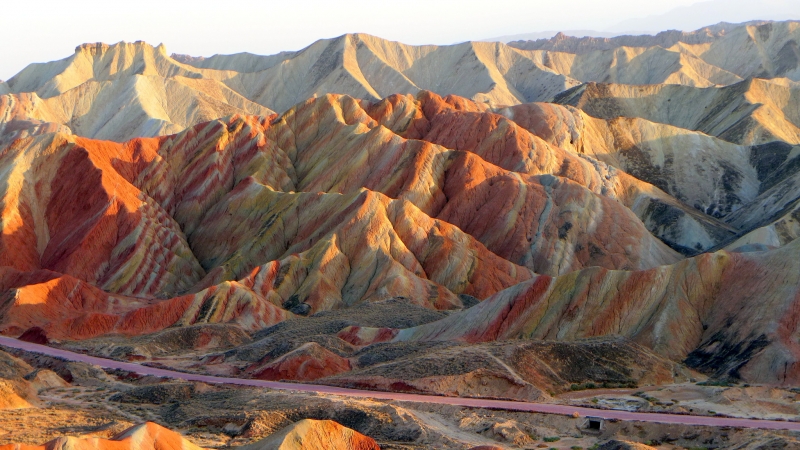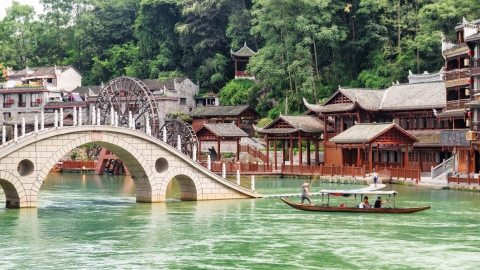Journey to discover peaceful corners of Jiangnan
11 years ago, the student exchange trip to Tianjin and Beijing left Tu Oanh (currently active on the Youtube channel KK Familie) with many unforgettable memories. Since then, she has always cherished the dream of setting foot in Shanghai - a city that Chinese friends once described as a glamorous "magical city". The image of a sparkling, modern Shanghai always urged her to explore. Besides Shanghai, she decided to explore deeper into the Jiangnan region. Perhaps because she watched too many palace dramas, she was fascinated by the romantic, poetic beauty of this land. Like in ancient costume dramas, Jiangnan appears like a beautiful ink painting.

Ms. Tu Oanh is currently active on the Youtube channel KK Familie.


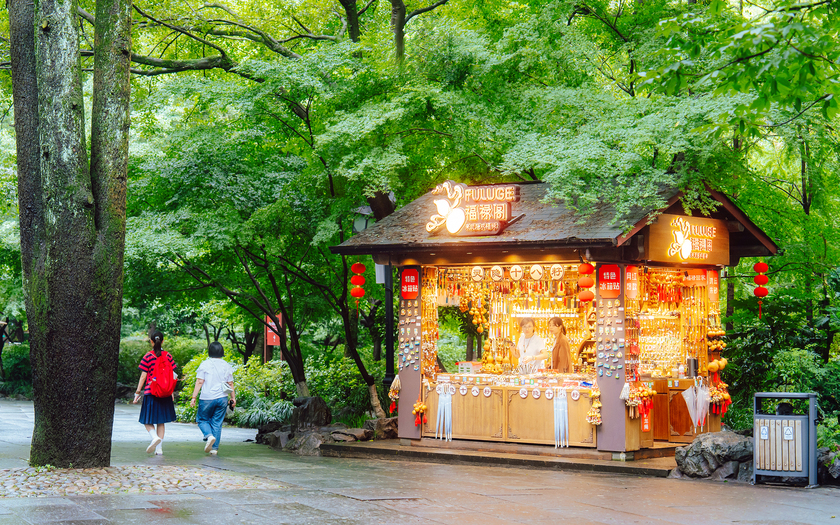
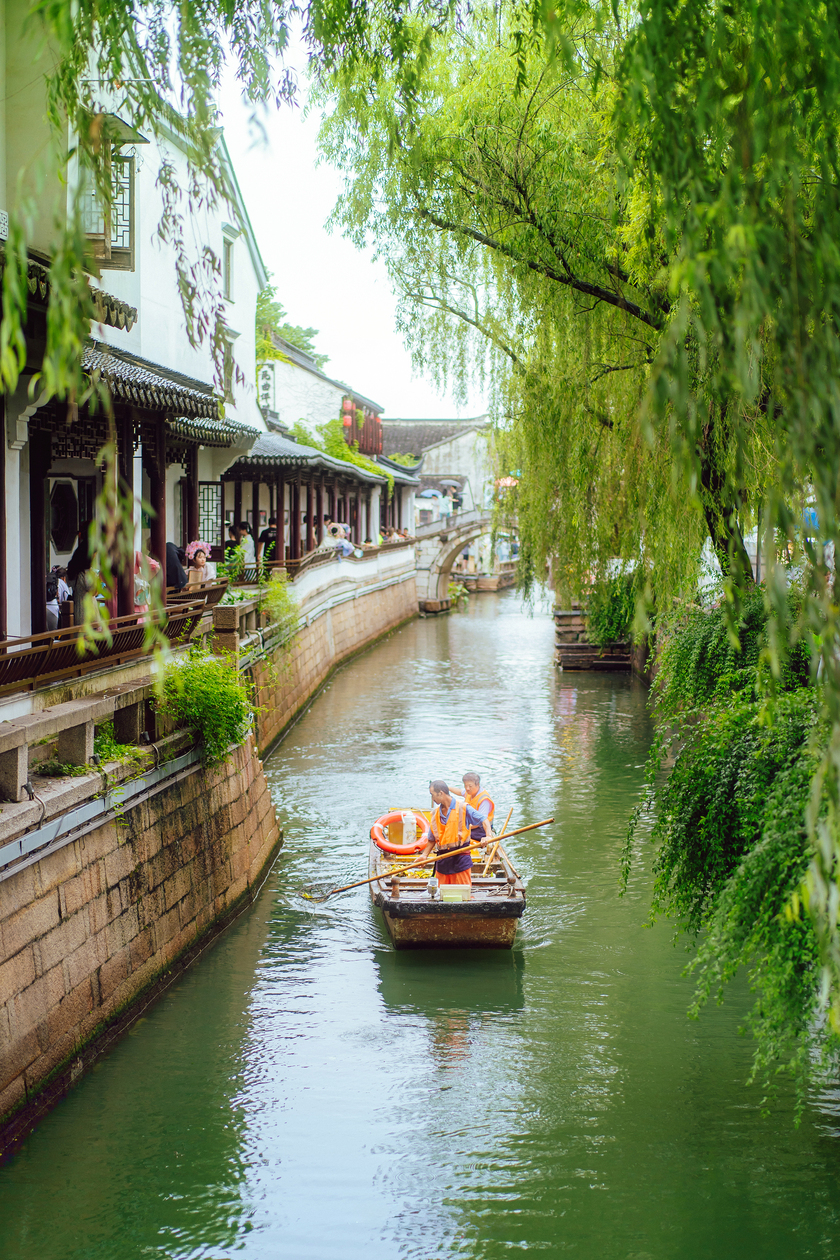
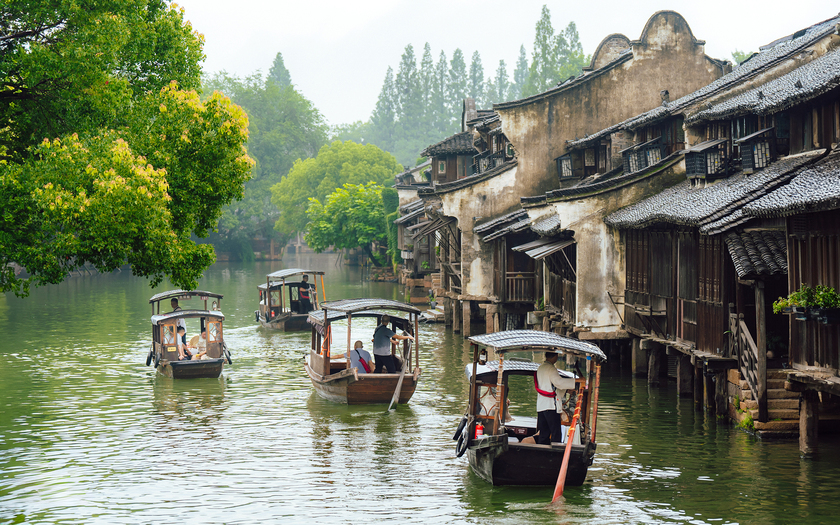
Jiangnan - a fertile land along the Yangtze River
It took Tu Oanh nearly two months of diligently scrolling through Facebook travel groups to research independent travel experiences before she dared to "explode" on a trip to China. Compared to other countries, planning a self-guided trip to China is indeed a big challenge. Most of the information she found was in Chinese, requiring her to struggle with local apps and websites. Luckily, the visa and flight procedures went smoothly thanks to the low-cost visa service.
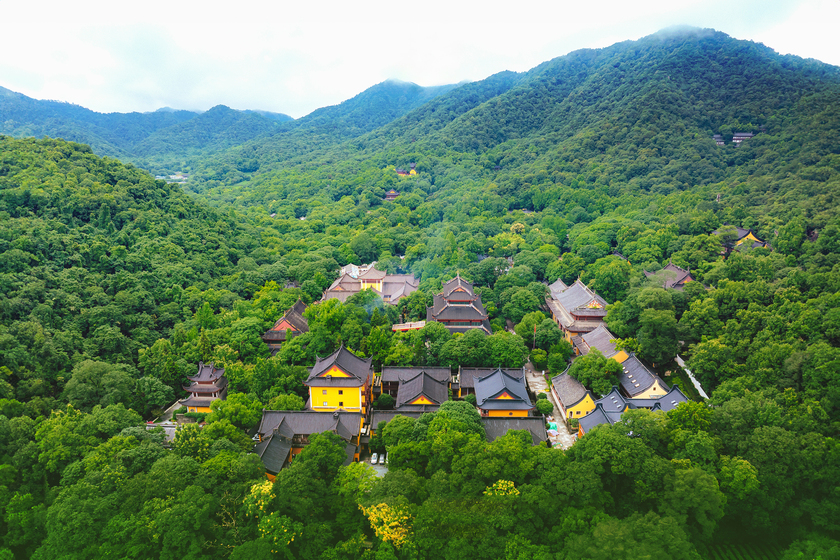
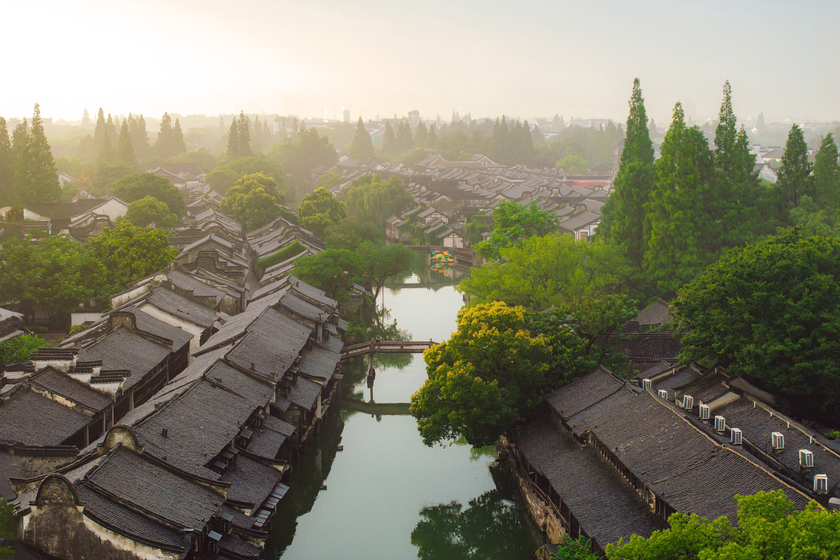
Symbol of ancient and poetic beauty
According to Tu Oanh, Chinese people are generally very friendly and kind, and people are always enthusiastic in helping her even if they have to use an app to translate. There were times when they knew she was a foreigner, they not only gave her directions but also sent someone to take her to her destination. Because Tu Oanh's family has young children, whenever they go somewhere, even when using the subway, adults often praise and talk to her children, and even help hold her suitcase when taking the elevator.
One thing that impressed Tu Oanh, although not the culture, is that China has super convenient applications. In a single application, you can do everything from payment, subway card, bus card, buy train tickets, book taxis, hotels... All services are integrated in one extremely convenient application.
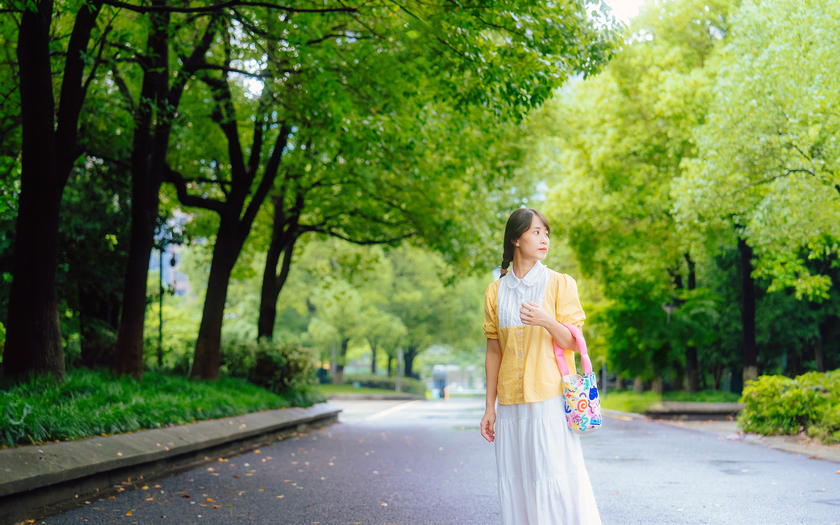
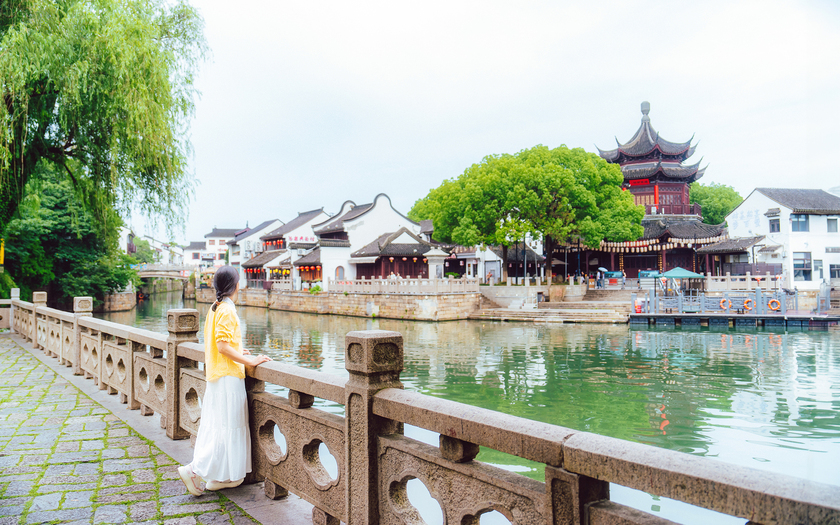
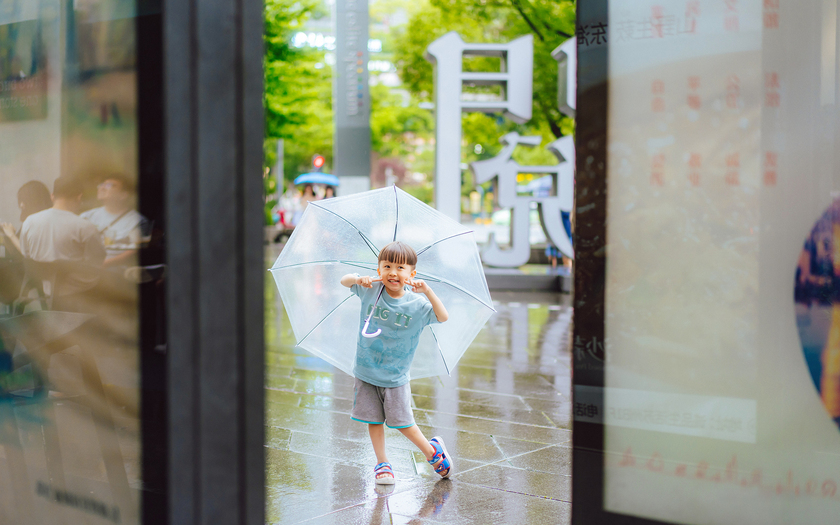
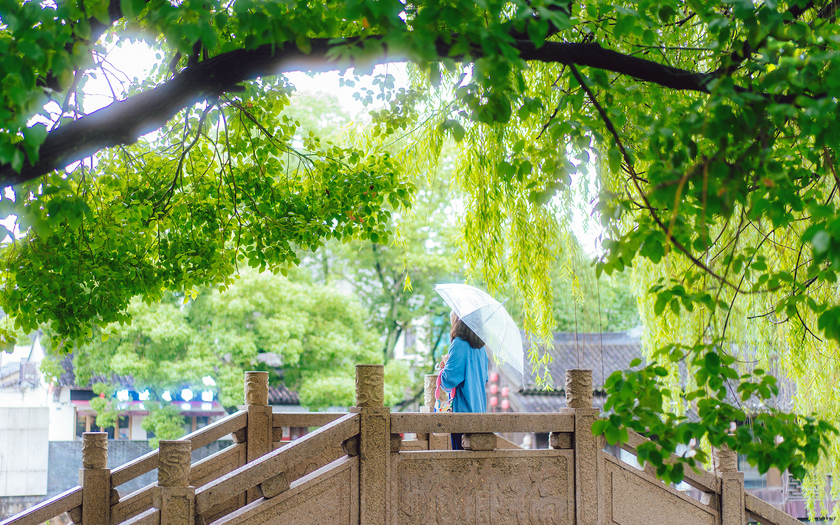
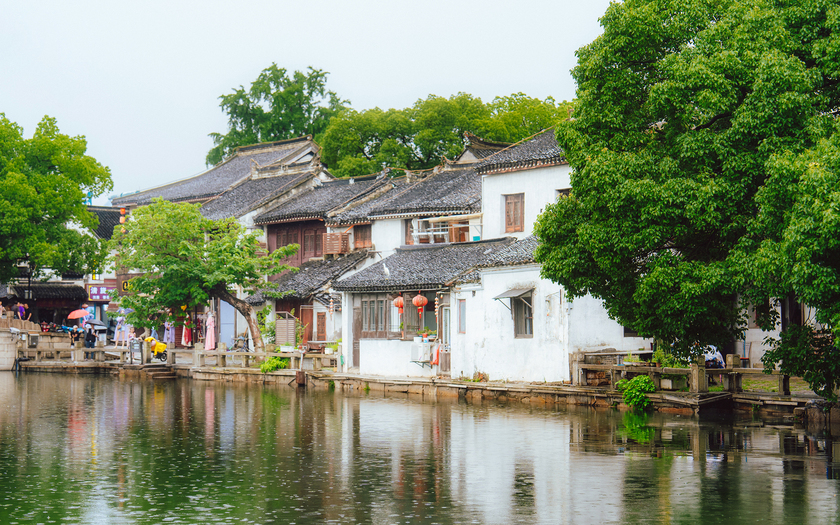
A beautiful watercolor painting
Ancient land in the heart of modernity
In Chinese culture, Jiangnan refers to the land lying south of the lower reaches of the Yangtze River, Asia's longest river. The area includes the city of Shanghai, the southern part of Jiangsu and Anhui provinces, and the northern part of Jiangxi and Zhejiang provinces. Some areas around Dongting Lake and Fujian province are also considered part of Jiangnan. The largest and most important cities in the region include Shanghai, Nanjing, Ningbo, Hangzhou, Suzhou, Wuxi, Changzhou, and Shaoxing.
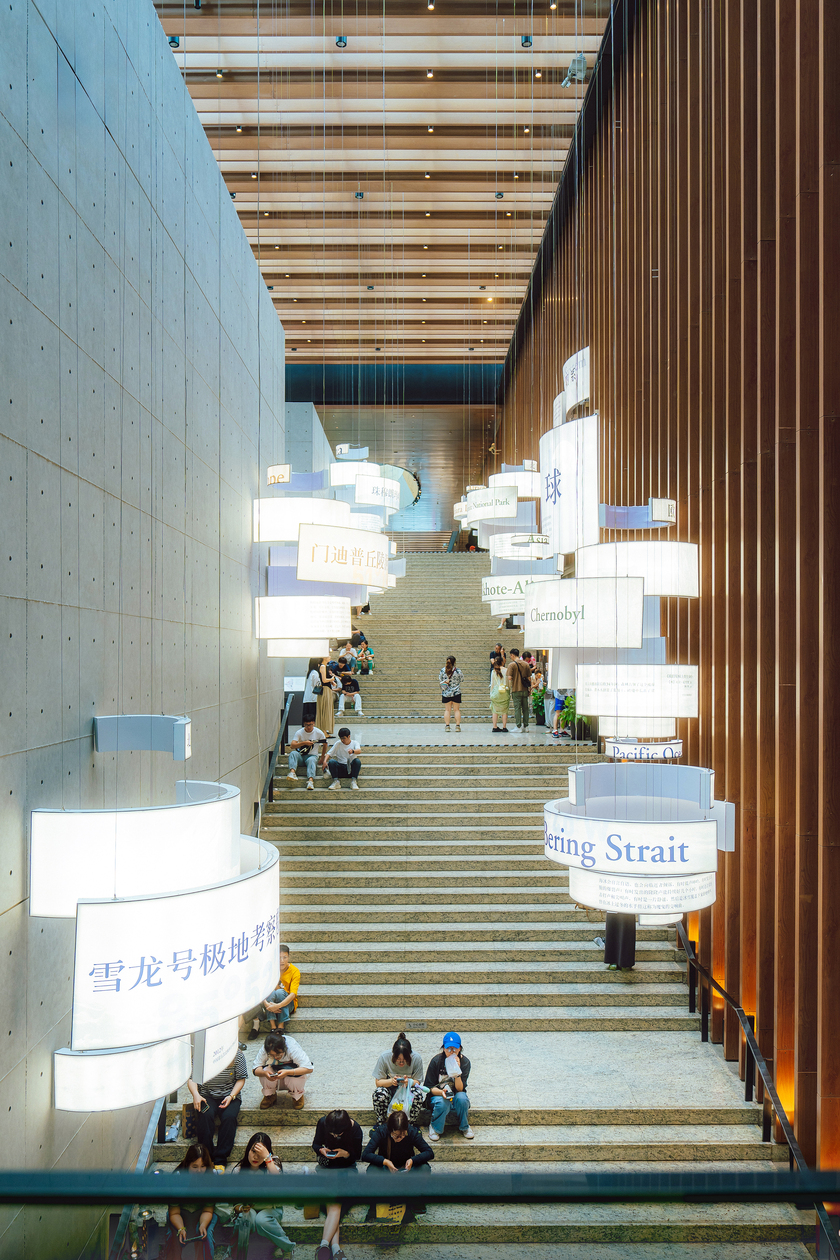
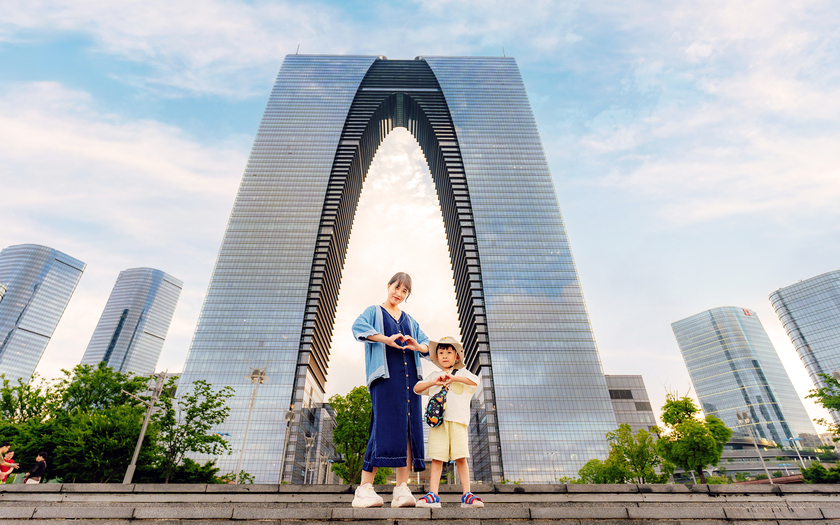
Jiangnan refers to the land located south of the lower reaches of the Yangtze River.
Most of the ancient towns in Jiangnan date back to the Tang and Song dynasties, and were once important commercial and cultural centers for the local people. This long history has created a rich and diverse culture, which is now recognized as one of the major cultural subjects of China.
When traveling to Jiangnan, visitors will have the opportunity to admire ancient architectural works with the characteristics of white walls and black tiles. This combination, according to traditional Chinese culture, symbolizes the harmony between yin and yang and heaven and earth. In addition, Jiangnan is also famous for its rich treasure of Tang poetry, accounting for 20.6% of the total 55,000 poems preserved today. Famous poets whose hometown is in Jiangnan include Luo Xinwang, Xia Zhizhang and Xu Jingzong...
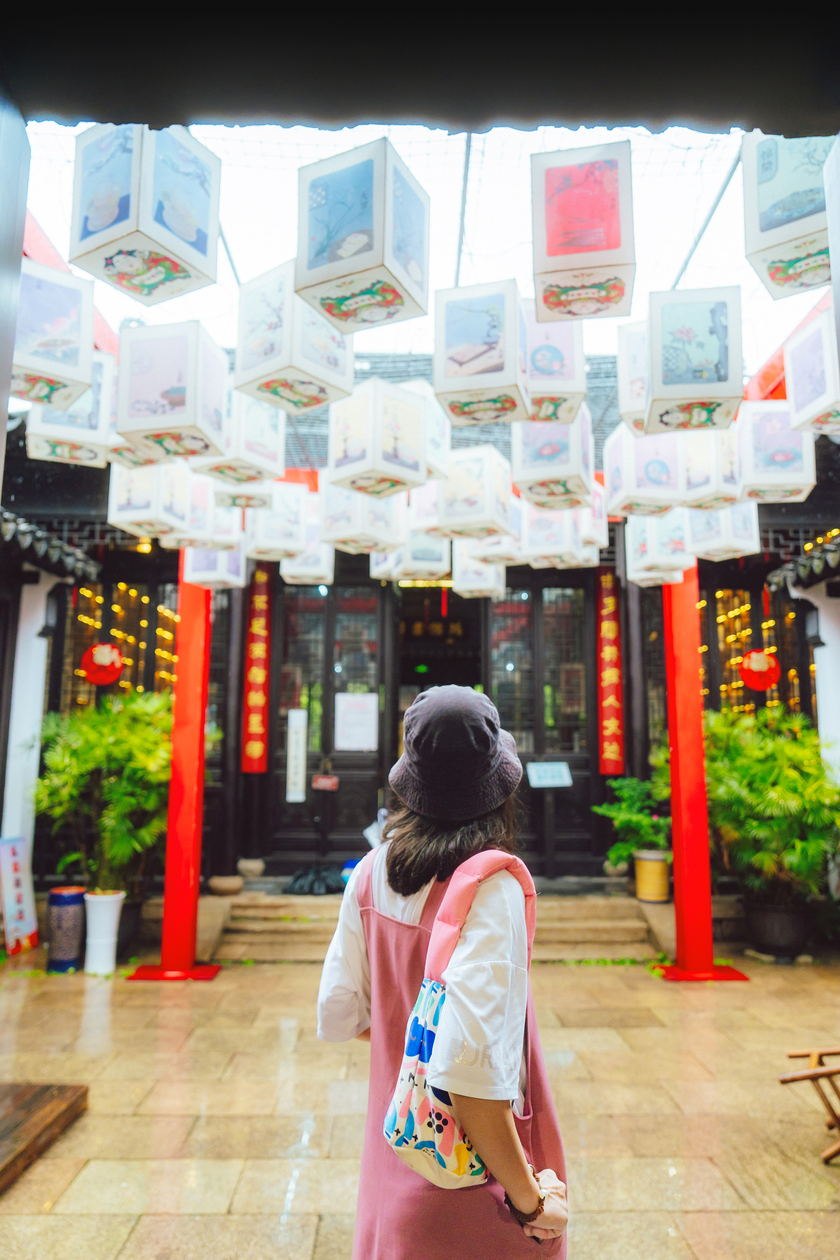


Most of the ancient towns in Jiangnan date back to the Tang and Song dynasties.
Shanghai is the largest city in Jiangnan, famous for the famous Shanghai Bund, known through the movie of the same name and associated with many generations. The East Bank of Shanghai appears with a modern image, decorated with skyscrapers. Meanwhile, the West Bank stands out with government buildings and courts, built in European style.


A rich and diverse culture
Hangzhou - a green city in Jiangnan, is considered a paradise on earth. When you have the opportunity to admire Hangzhou from tall buildings such as Leifeng Tower or Liuhe Pagoda, the lush green landscape will appear before your eyes, breathtakingly beautiful. The dense density of trees is the reason why the air here is always cool and fresh.
Talking to Travellive reporter, Tu Oanh shared: “My family really loves Hangzhou because of the diversity of beautiful landscapes and the pristine nature here. Even though it rained for several days during our last trip, we still felt that Hangzhou was very beautiful. If we have the chance to come when it is not raining, especially in autumn when the leaves turn yellow or in spring when the flowers bloom, it will definitely be even more wonderful.”
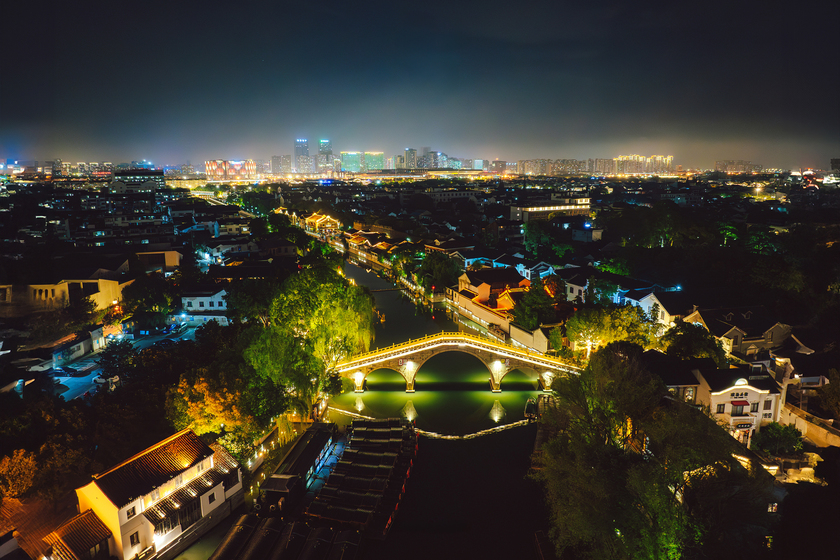
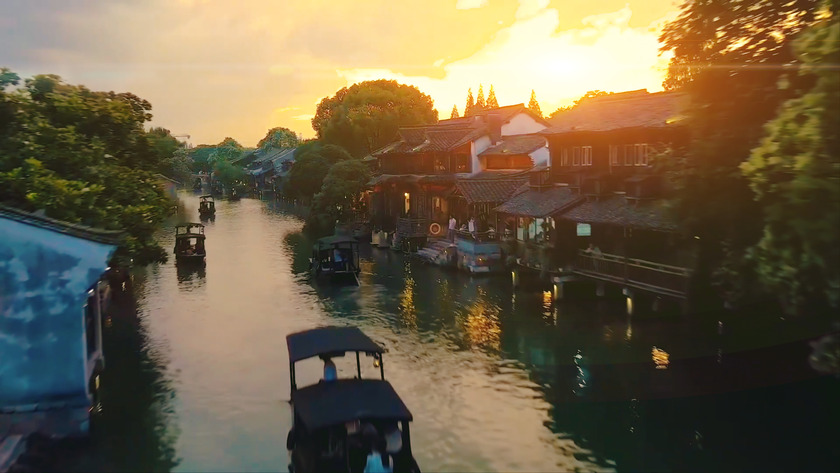
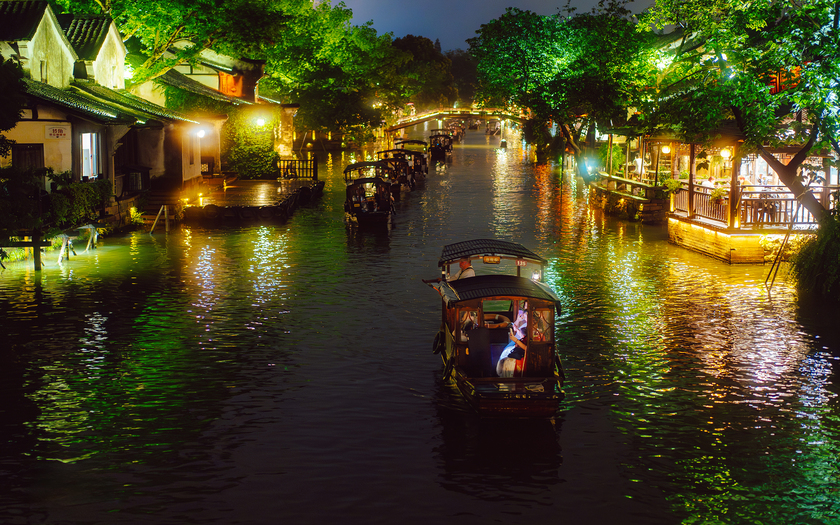
Chinese cultural traits
Suzhou is famous for its lush gardens and historical buildings such as Hanshan Temple and Lion Grove. Among them, the Humble Administrator's Garden, built during the Zhengde period of the Ming Dynasty, covers an area of 83.5 acres. It is one of the four most famous ancient gardens in China, featuring distinctive architecture and is recognized as a national key cultural relic.
“The pace of life in Suzhou and Hangzhou is slower than in Shanghai. I still remember the early mornings in Suzhou when the sun began to rise, the elderly, children and families often leisurely sat in the park or by the bridges, eating breakfast and chatting together. That scene was truly peaceful, in complete contrast to the crowds and bustle of tourist attractions during rush hour,” Tu Oanh recalled.
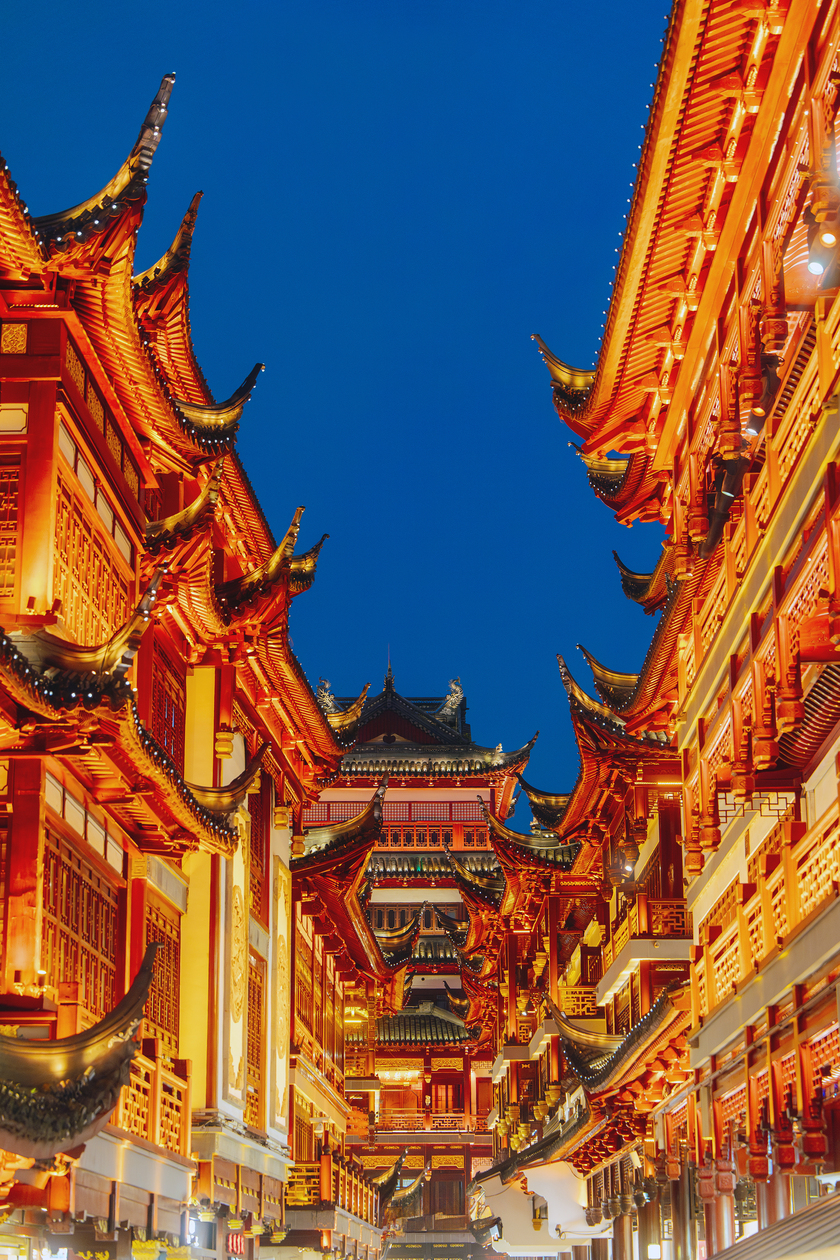
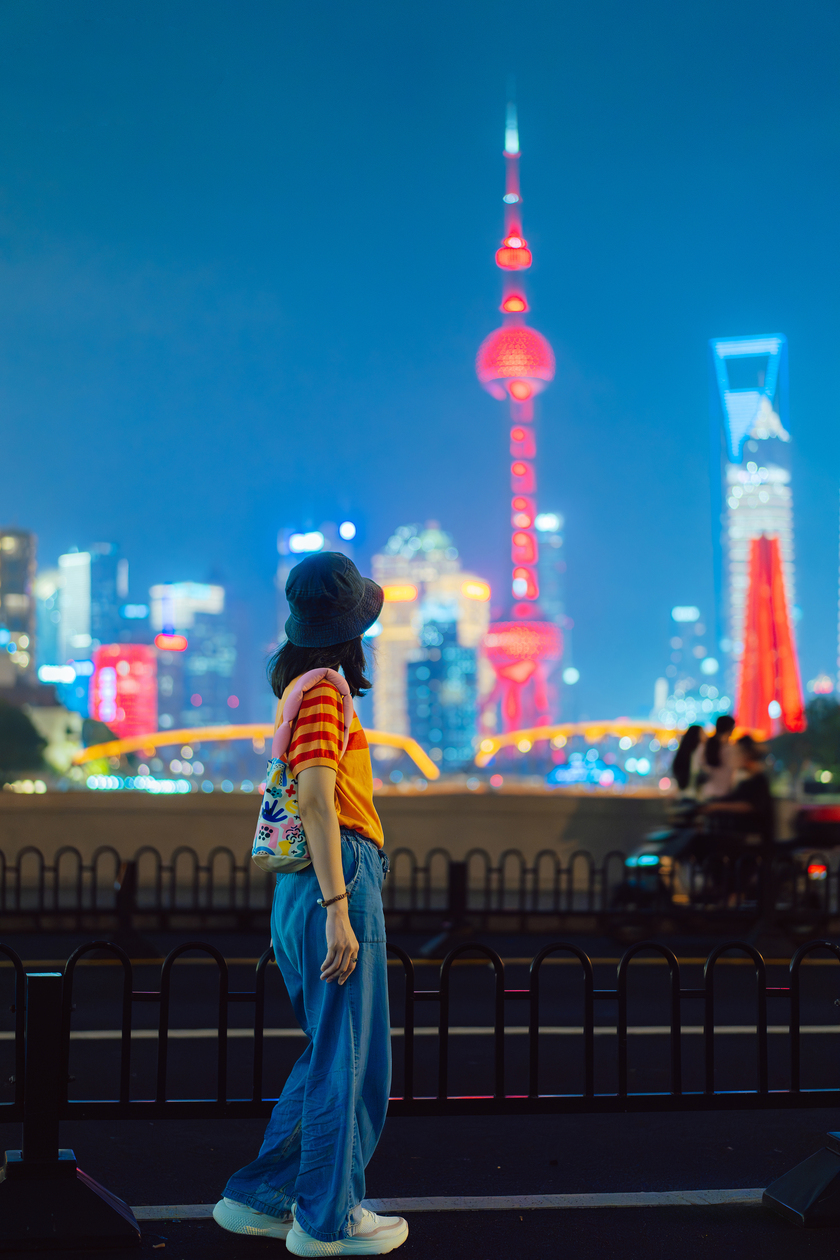
The ideal destination for romantic souls
Wuzhen is located in the north of Tongxiang City in Zhejiang Province, with a history of more than 6,000 years and is one of the four most famous ancient towns in Jiangnan. Wuzhen is famous for its peaceful scenery, where the river flows gently and the houses along both banks are connected by stone bridges. The ancient and unique architecture blends with nature, giving the town a unique charm, attracting a large number of Chinese tourists every year.
During the days of wandering around O Tran, Tu Oanh's family created many memorable memories. She shared: "O Tran is very small, so if you want to sit and eat at a table near the riverbank, everyone often has to share a table with each other. That day, my family happened to sit at the same table with a family with a Vietnamese wife and a Chinese husband. They were traveling to China but living in Vietnam. Their family has a 5-year-old daughter, the same age as Gao, so the two children ate and played happily. After finishing eating, the two children held hands, jumped and walked around O Tran. After many days of hanging out with her parents, Gao was very happy to have a friend to play with and Gao's joy also made her parents feel happy."
